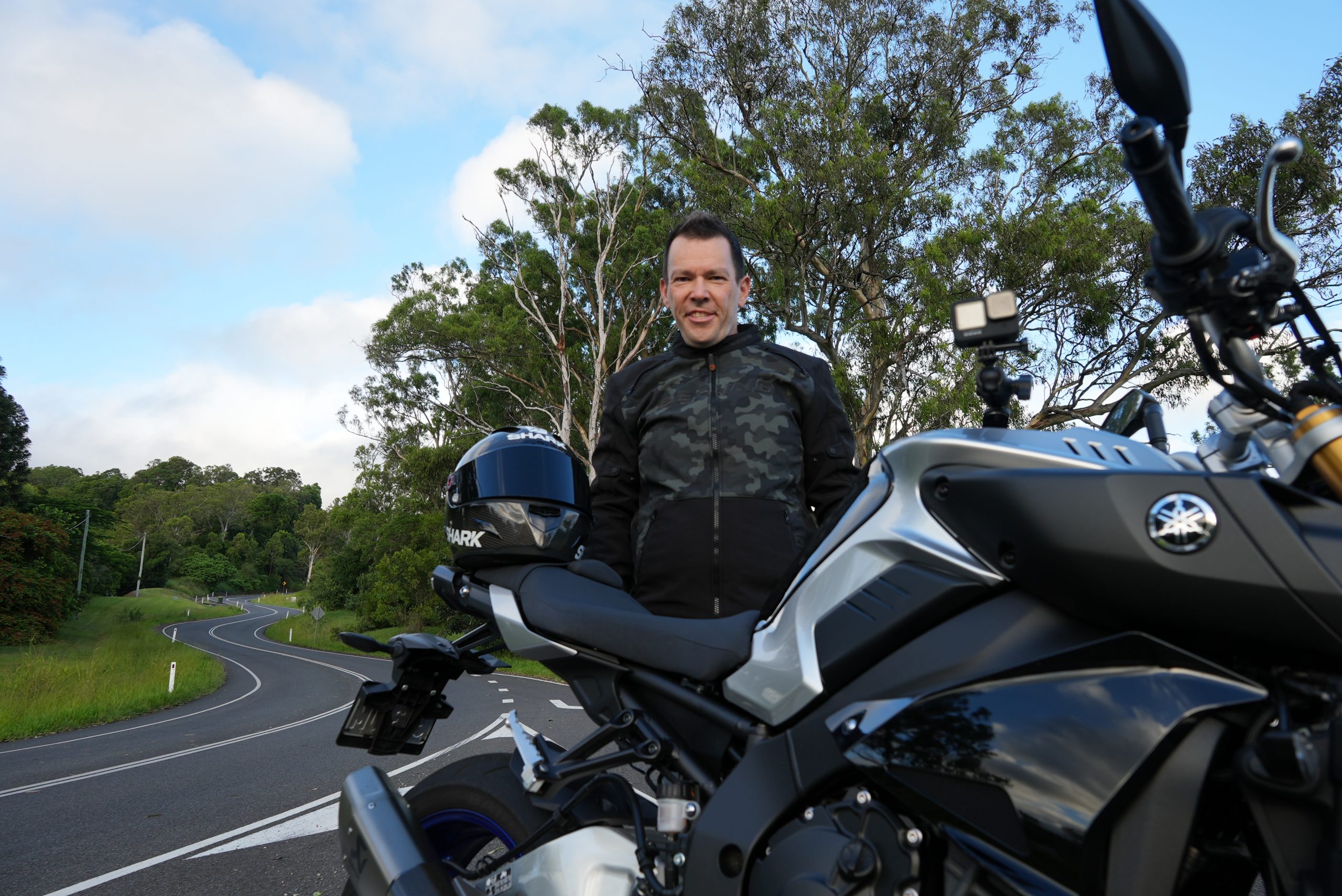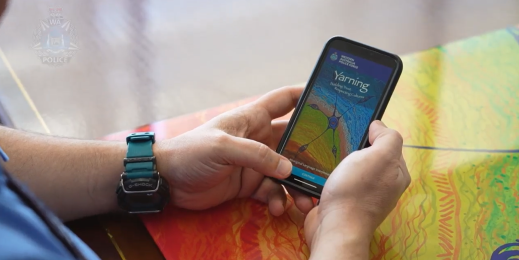
How a motorcycle accident inspired a cloud-connected smart helmet to improve rider safety

Forcite is a startup founded in Australia in 2014 by industrial designers Alfred Boyadgis and Julian Chow. It gives motorcyclists a safer and more dynamic riding experience, using wearable technology to connect to a trip-routing and hazard-warning system hosted in Microsoft’s Azure cloud platform.
The idea for Forcite was born in 2013 when Boyadgis fell off his Yamaha XVS650 motorcycle after riding through an oil slick.
“I fractured my kneecap in three different places; it was very painful,” says Boyadgis. “We wanted to create a technology that could see things before they happened, hence the name Forcite.”
Boyadgis teamed up with Chow, his former university classmate, to create a smart motorcycle helmet with built-in cameras and technology that could help riders foresee hazards such as oil slicks, potholes and traffic accidents. Together, they engaged a community of more than 7,000 riders to help design the Founder’s Edition, the MK1, and its successor, the MK1S.
The Forcite helmet is the world’s first helmet to have integrated camera, communication and a unique display technology that gives you alerts about what’s happening on the road ahead. — Alfred Boyadgis
Joseph Azar joined the company as Chief Technology Officer in 2018 and is responsible for leading Forcite’s technology team.
“Back then, it was a napkin idea,” he explains. “We didn’t know how things worked, so we travelled to Taiwan to meet with our manufacturers.
“We took the idea from concept to mass production. And the reason we were able to do things that other companies couldn’t is the helmet is modular. Forcite’s smart helmet features a bracket that safely attaches modular electronics – including an integrated camera and speakers – to its shell.
“This design gave us an edge over other companies who wanted to put technology inside their helmet’s EPS [expanded polystyrene] foam layer, making it hard to remove and unsafe. By having an e-module that was easily removable, we could swap the core component between multiple sizes, padding styles and different shells for customers.”
Azar explains this helps prevent damage to the electronics in the event of an accident.
“We had some customers who unfortunately came off their bikes on a track,” he says. “And we were able to simply take their e-modules out, test the electronics and then put them into a new shell. This lowered the cost of replacement helmets and reduced waste, as the riders were able to keep using the same camera and the same technology in their new Forcite helmet.”
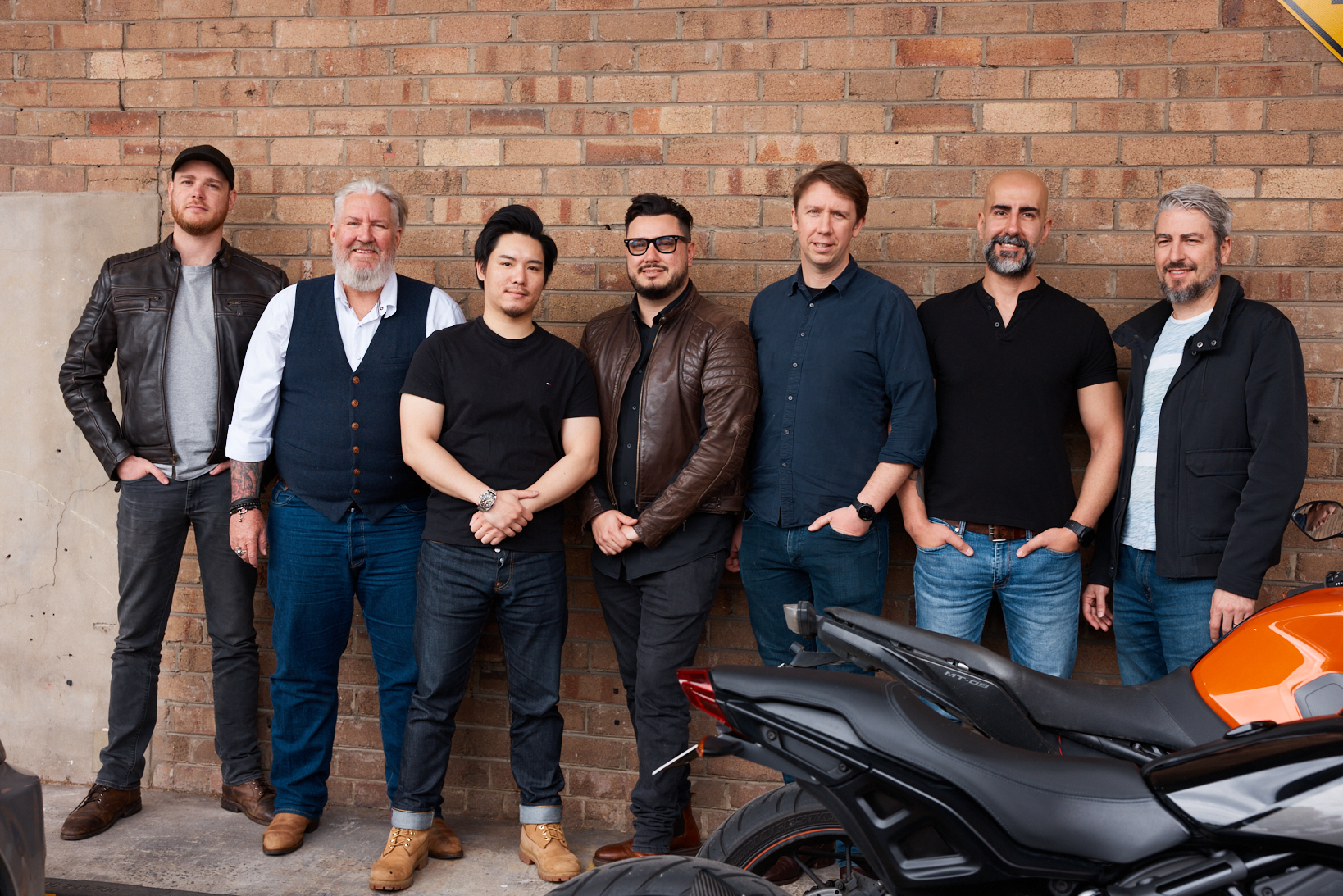
Building patented technology in the cloud
Forcite has patented a routing engine – Forcite Command – that’s hosted in Azure and delivers information through a smartphone app connected to the helmet.
Riders can select an address or landmark, begin a navigation session using the app, and receive text and audio directions in the smart helmet. The routing engine then translates data on upcoming road conditions into personalised alerts about hazards such as broken-down vehicles, speed cameras and potholes.
“The customer installs an app on their phone that connects to the helmet, but all of the routing, all of the alert points and all of the prediction that happens in our platform happens on Microsoft Azure,” says Azar.
“The technology we have inside the helmet, which is our patented LED array, works as a visual cue in your peripheral vision. So, when you’re riding, you don’t have to pay attention to it, you just have to pay attention to the road.”
Holly Hokin, a motorcyclist who has used Forcite helmets for 18 months, says the LED notifications are her favourite feature.
“Having the light bar notifications come through for up-ahead traffic and hazards allows me to make split-second decisions and that gives me [a real sense of] safety of riding out on the road,” she says.
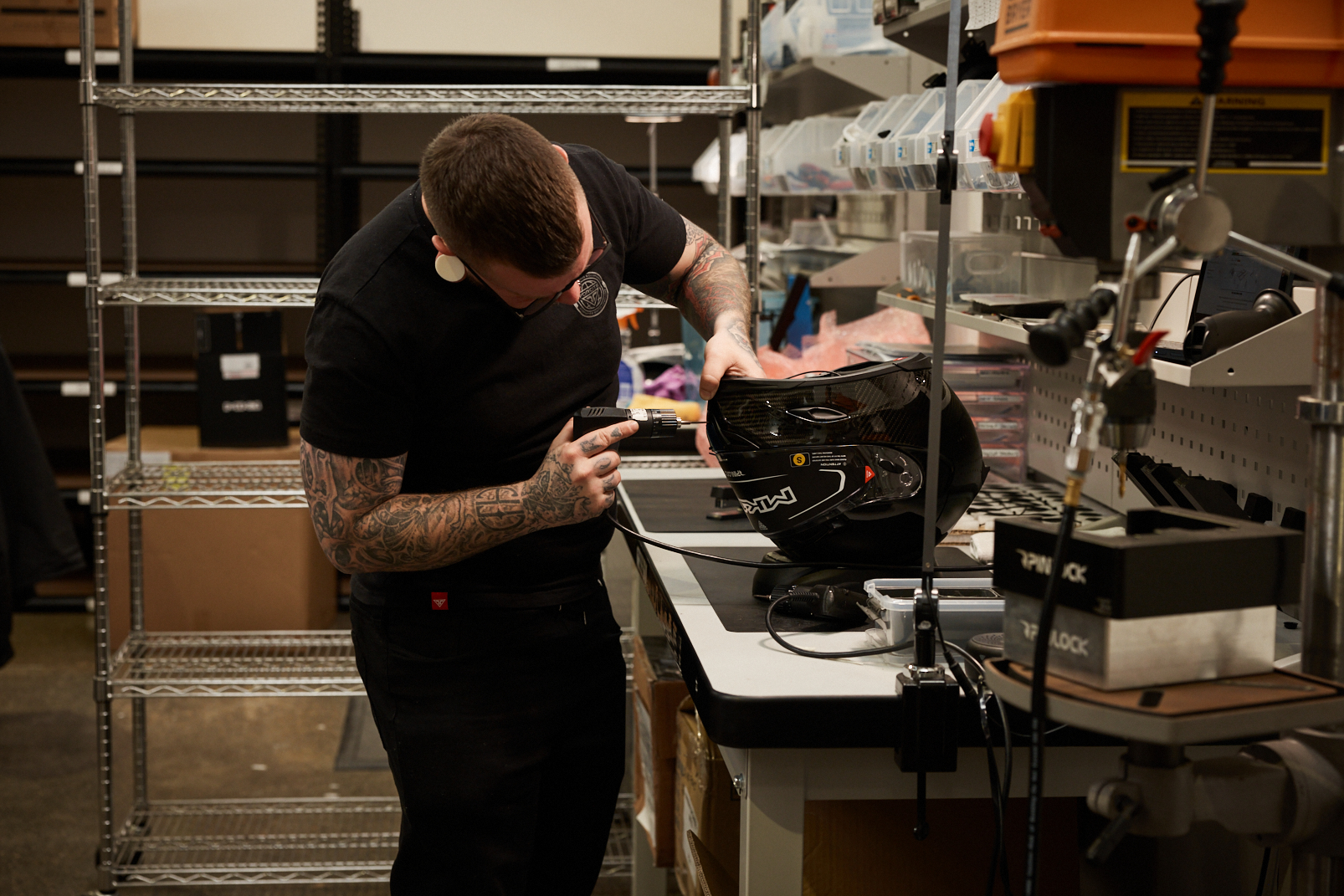
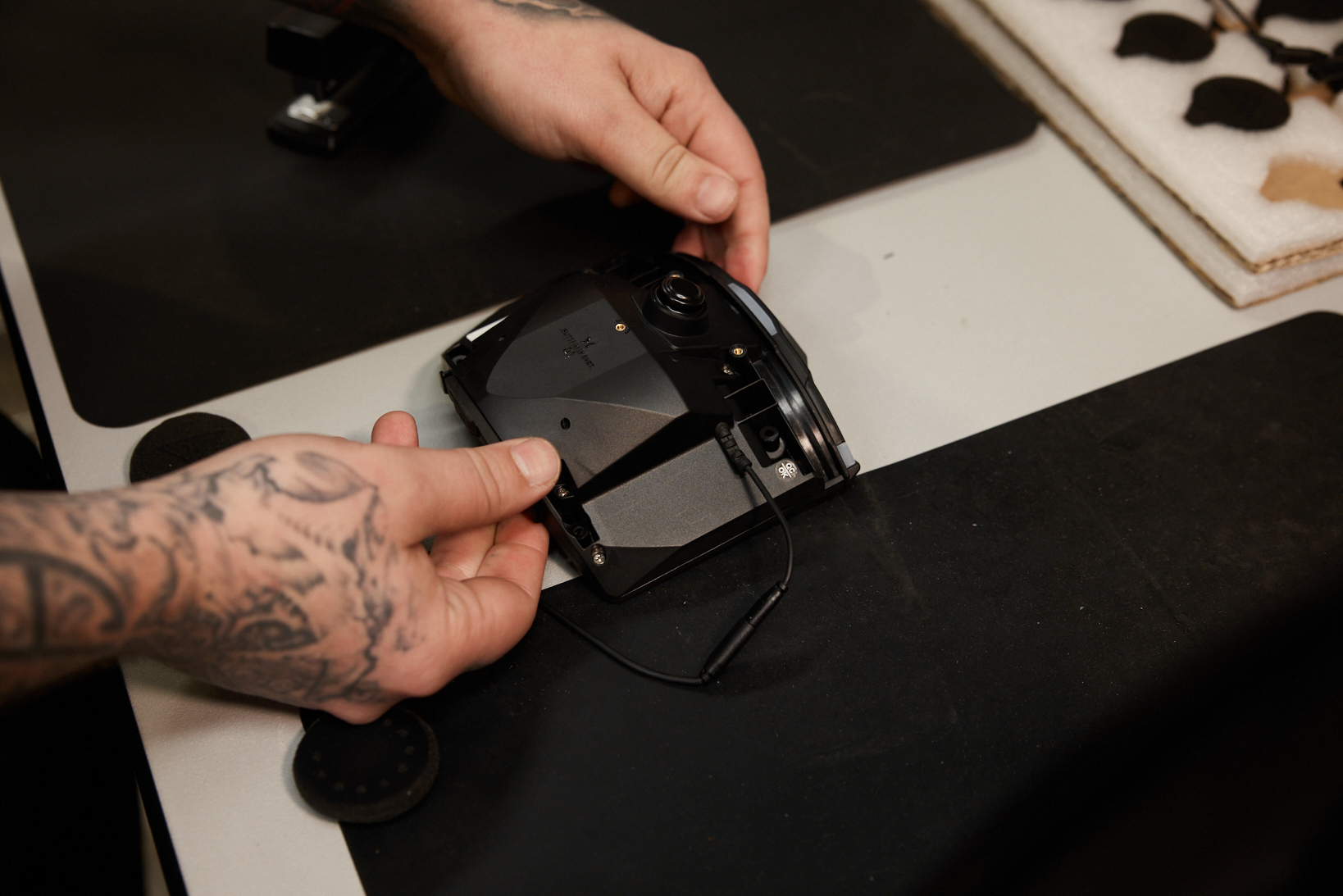
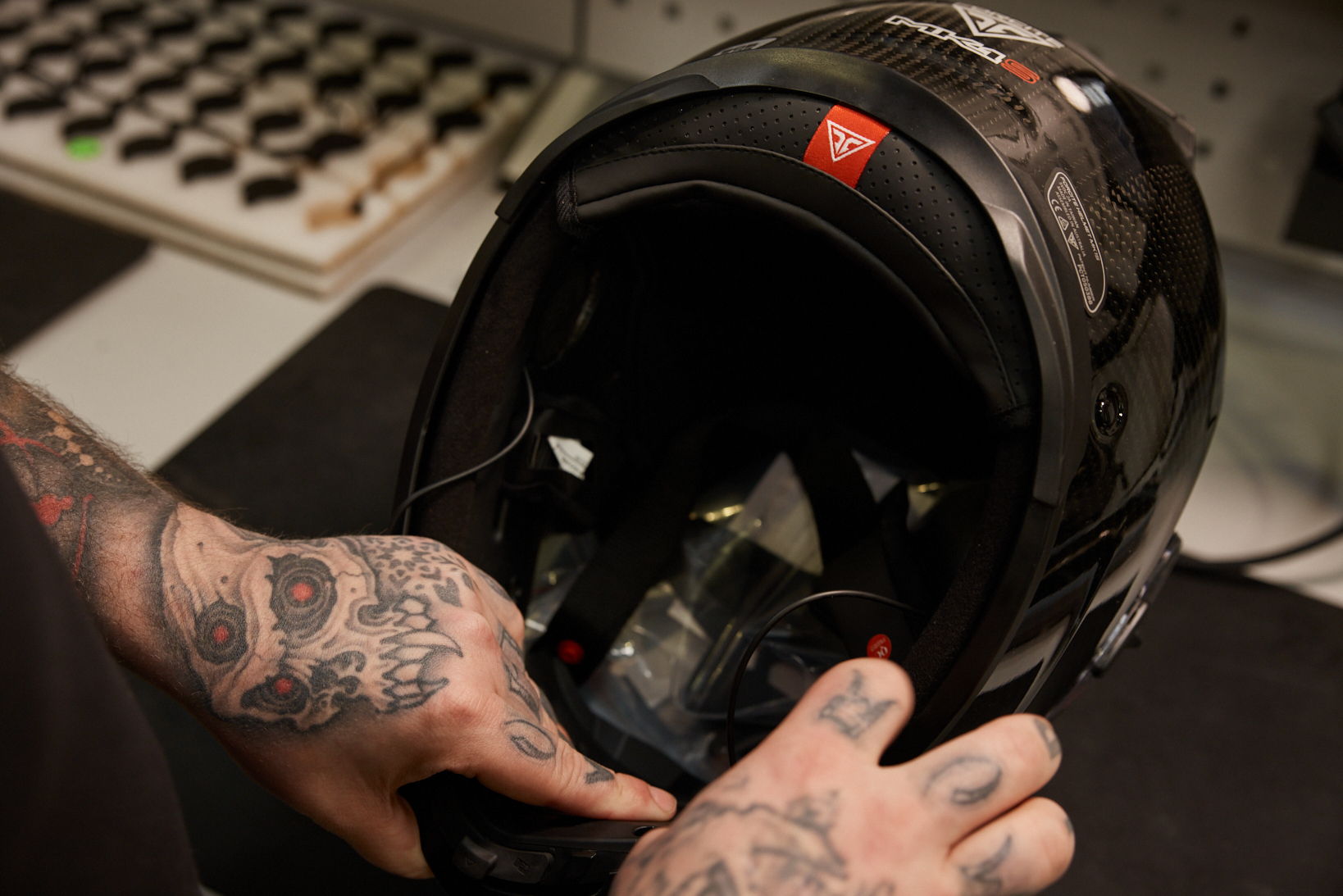
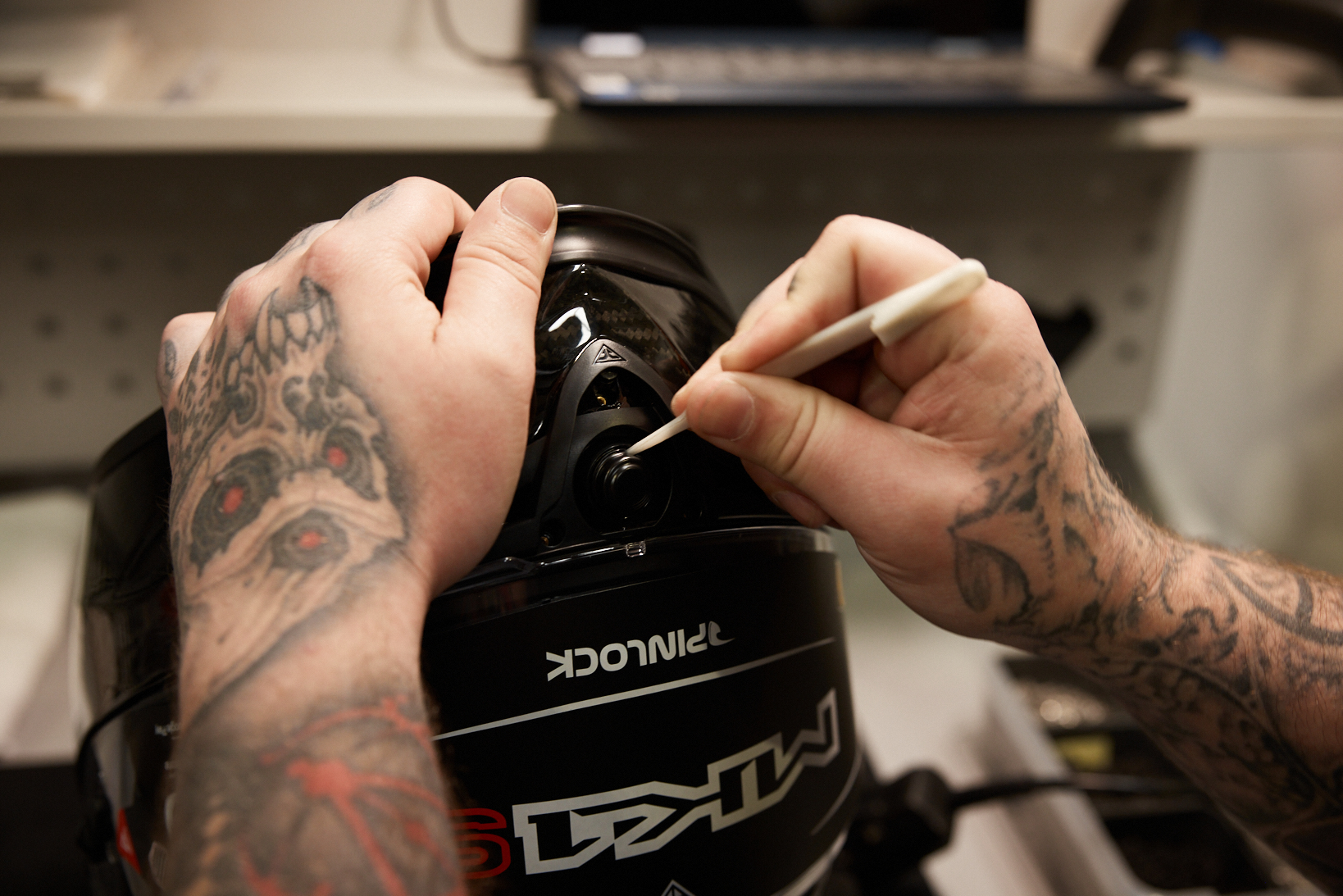
From smart helmet to social media platform
The startup has been on an impressive growth trajectory since launching in 2014. It has raised around A$14 million in funding from investors and employs a team of 20 people. In 2022, Forcite is expanding its presence to Europe and the United States and is aiming to reach A$15 million in annual revenue this year.
“A country like the USA is daunting,” says Boyadgis. “But it’s exciting at the same time that we’re going to have this huge new community over there all using and enjoying our product.”
Forcite’s international expansion received a boost from the Microsoft for Startups program.
The Microsoft for Startups program gave us that extra push that we needed by providing credits [and] access to architects who could help us use best practices for our server layout and all the technologies they provide. — Joseph Azar
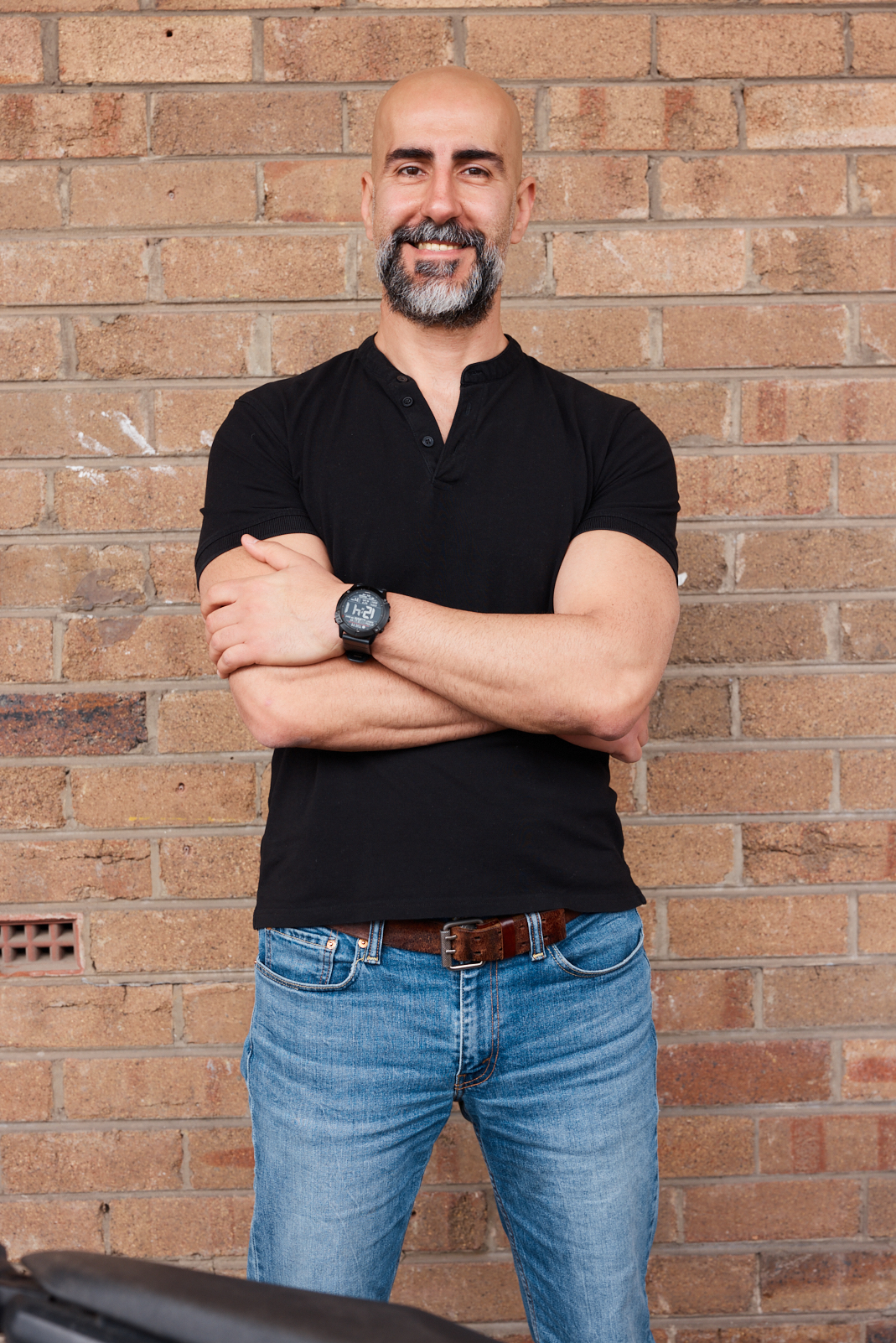
Azar says the goal is to become a social media platform for motorcycle riders worldwide.
“We want them to be able to use Forcite’s smart helmet and app to stream live video footage and store it in the cloud and connect with other riders,” he explains. “That way they can go on rides ‘together’ and access curated rides for different countries.
“The way we see Microsoft Azure playing a role in the future is in linking up cloud storage or OneDrive. This will enable us to offer a premium service for our customers where they can opt in and access features that they can’t get elsewhere. That’s something that we are working very hard towards.
“In two to three years, we’d also like to be leveraging Azure AI and housing everything in the helmet itself without having to link it to a phone and back end. So, the helmet will run on its own and connect to Azure using a rider’s SIM card.”
Are you a Startup?
Microsoft for Startups Founders Hub is a platform for all founders at any stage to reach their next milestone through personalised technical tools and business resources. Founders can get started on the platform in minutes and gain free access to the technology and support that’s critical to turning dreams into life-changing products.





